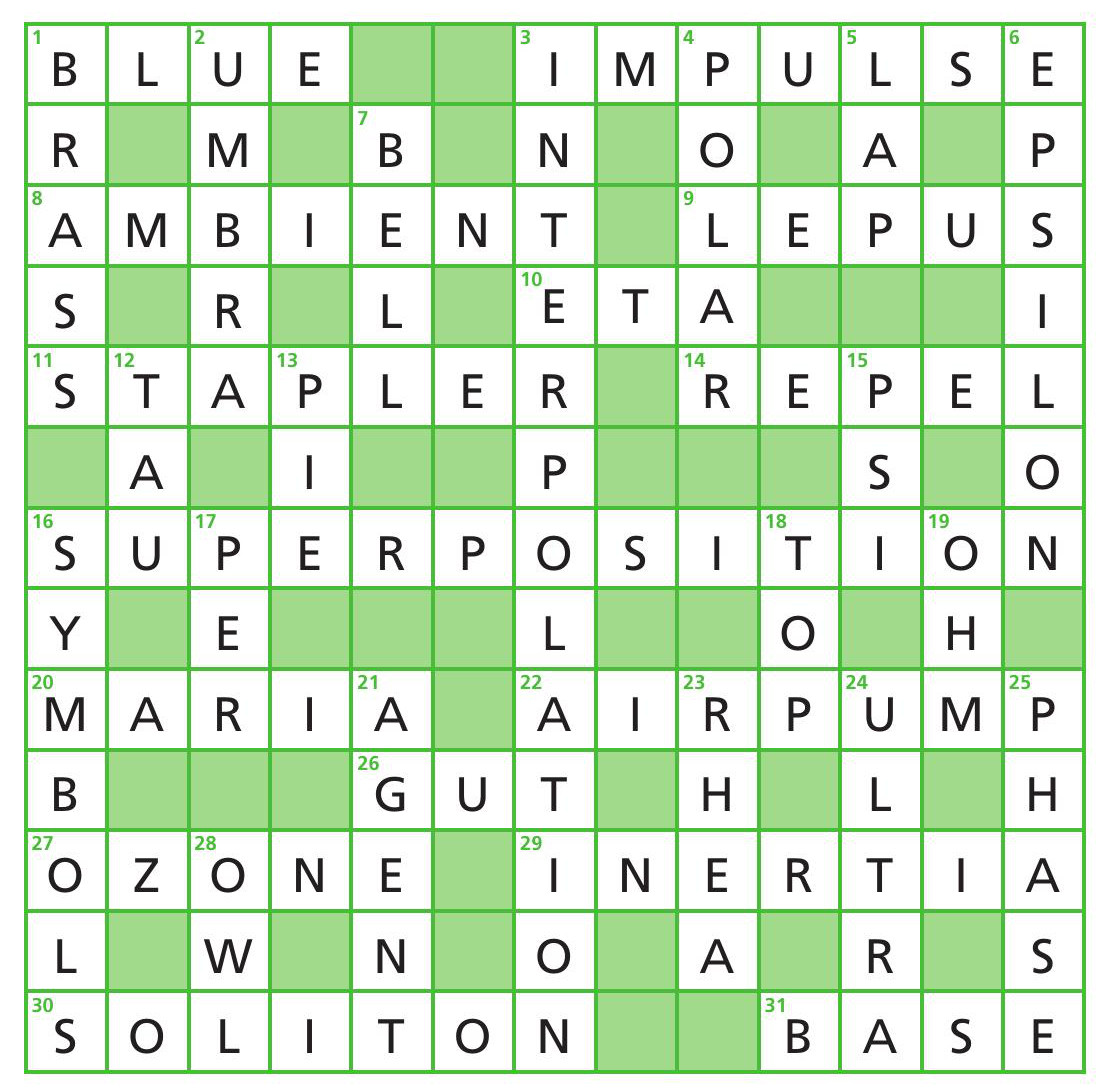
Suppose you are performing an experiment, perhaps something simple such as measuring the period of a pendulum as you change its length. You would choose certain lengths within a range, for example your maximum length may be 100cm, so you might choose 10, 20, 30 cm etc., although 10cm may be a little too short. You would end up with data that you could then plot on a graph like Figure 1. The graph would show a trend in the results.
If you assume that, for all lengths, even those you had not investigated, the same physics would determine the motion, then you could read off what the period would have been (for a length of 45cm, for example) with confidence. For lengths within the range (0–100 cm) this process is called interpolation. Extending the graph beyond the range (to 120cm for example) and reading off a value is called extrapolation.
Your organisation does not have access to this article.
Sign up today to give your students the edge they need to achieve their best grades with subject expertise
Subscribe




